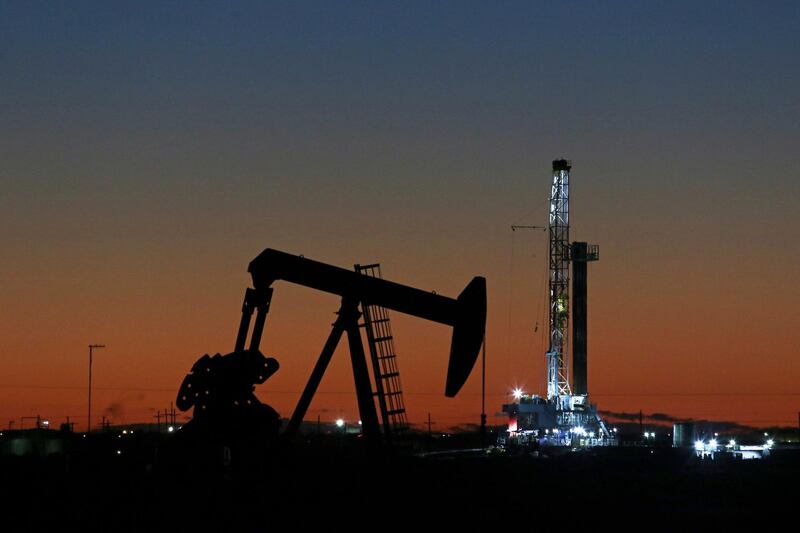Oil markets are expected to be broadly balanced in the second half of 2019 and next year on the back of production cuts and improved demand despite recessionary signals, according to a new report.
“We are currently lowering our forecasts for global GDP and industrial production but for now the risk of recession in 2020 still looks low, particularly given the backdrop of interest rate cuts in the US and stimulus measures in other countries," according to Oxford Economics, which produced the report.
Recession fears grew due to trade tensions between US and China. Dow Jones plunged 800 points, or 3 per cent, while the broader S&P 500 also sank 3 per cent earlier this month.
Production cuts by Opec and its allies are also helping oil markets to balance.
“The oil market has been through a period of oversupply but from a fundamental perspective the worst appears to be over for now,” the report said.
“On the supply side, the Opec+ group is working hard to underpin prices and compliance with promised cutbacks has been surprisingly high, reaching 134 per cent in July."
Not all of the major producers are complying but there is widespread co-operation taking place, led by Saudi Arabia.
Opec, Russia and other allies (Opec+) are cutting output by about 1.2 million barrels per day to reduce global oil stocks and boost prices. The agreement, which would have expired in June, has been extended to run until March 2020, after a meeting of Opec+ in July.
"The next challenge to Opec control is likely to come soon but under our current forecasts the market looks relatively balanced for this year and next," according to the report.
The report also said oil demand has definitely been through a soft patch in the first half of 2019 but looks set to improve in the year ahead as one-off bearish factors subside.
The forecast for Brent crude in 2019 has been lowered to $63 per barrel from $66 per barrel and for 2020 it is down to $62 per barrel from $63 per barrel, the report said.
Currently, Brent crude is trading at slightly above $59 per barrel with US crude West Texas Intermediate at about $54 per barrel.
One of the biggest problems for bulls is that global oil demand growth turned down significantly in the first half of 2019, slowing to just 0.6 per cent from 1.1 per cent in 2018, according to the report.
This was due to one-off factors such as warm winter weather in some key consuming countries and severe flooding in the US. Demand was also impacted by problems with a Russian pipeline. However, demand should recover notably into second half of 2019 and 2020.
But within Opec, there are some areas of strength that should not be overlooked, with Iraq, Libya and Nigeria on a growth path in production that may lead to glut in the market.
Libya is currently outside the cutback agreement and output rose by 60 per cent year-on-year in July as it started to recover from recent political infighting and disruption. Iraq is covered by the agreement but has nevertheless ramped up production to a record 4.9 million barrels per day in July, up 4 per cent year-on-year.
The report also said that gold and silver prices rallied while most industrial metals fell this month on recession fears.







